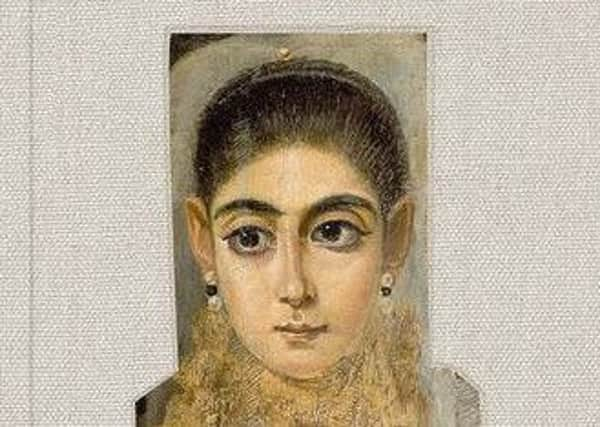Book review: Portraits: John Berger on Artists by John Berger


Portraits: John Berger on Artists
By John Berger, edited by Tom Overton
Verso, 320pp, £25
When he writes about painting, John Berger is always illuminating and his latest book, Portraits: John Berger on Artists, doesn’t disappoint. It is a collection of 74 essays on artists. Originally published in many different places, the essays range over the whole of his long career as a writer on art – not, however, as an art critic. He opens his short preface by declaring roundly, “I have always hated being called an art critic.” He sees himself rather as a kind of storyteller. “Having looked at a work of art…” he writes, “I wait in the hope of learning something of the story of its making. Of the hopes, of the choices, of the mistakes, of the discoveries implicit in that story.” He always elicits that story, too, whatever it turns out to be, by close looking. The history of the work may illuminate it, but with Berger the picture is never enlisted to illuminate a story the historian has chosen to tell. He writes as clearly as he sees, too, and so he places what he sees luminously on the page before us.
The origins of this book lie in the gift of Berger’s archive to the British Library in 2009. Its editor, Tom Overton, says in his introduction that the gift reflects Berger’s idea of history, quoting him saying of archives that “living with those who have lived and the companionship of those who are no longer alive is ‘what actually distinguishes man from any other animal.’”
Advertisement
Hide AdThe book is no doubt one of many possible outcomes from the richness of this gift, but these essays, the editor suggests, do also constitute a kind of self-portrait of the author. Read them and follow him in dialogue with so many artists from so many different times and places and you do feel a certain intimacy with him. Part of his gift, too, is that he also manages to establish intimacy, even with artists as remote as the painters of the caves. The book is organised chronologically and that is where it starts. It ends with an essay on Rand Mdah, a Palestinian artist born in 1982.
Berger’s interrogation of Goya’s two paintings The Clothed Maja and The Naked Maja is just one example typical of the many insights that reward the reader. The two pictures are said to be portraits of the Duchess of Alba, and she is said to have been Goya’s mistress. As Berger points out, on the assumption that it is true the pictures become the artist’s declaration of of love. Until, that is, you examine the actual paintings as he does, demonstrating beyond doubt that the oddity of the anatomy of the naked portrait, for instance, and the contrast between the sharp painting of her face and that of her body – reflect that fact that the Duchess, if it is indeed her, was never naked in front of the artist. Wistfully perhaps, what he has actually done is undress his painting of the clothed sitter. It is obvious when you look with Berger’s eyes – it’s just that nobody thought of it before.
Throughout the book, he brings us insights like this into both the familiar and unfamiliar. His account of the erotic obsessions of Picasso’s late paintings moves from the obvious sad reflection on the impotence of age to offer wider insights into Picasso’s unique place in the art of the 20th century. Berger is terrific too on Rembrandt, Courbet, Daumier and many others. Some of the later artists he writes about are more obscure and occasionally he indulges himself. An essay on Titian, for instance, is a correspondence between himself and his daughter. After his brilliant analysis of the Maya paintings, the Goya essay wanders off into a fragment of a novel and then a short play with Goya, the Duchess and a gardener as the characters. But these are not really aberrations, just a chance to follow the author as he gets up from his desk, perhaps, and starts to daydream. It puts us in his company and as a companion, this is a book to keep nearby.